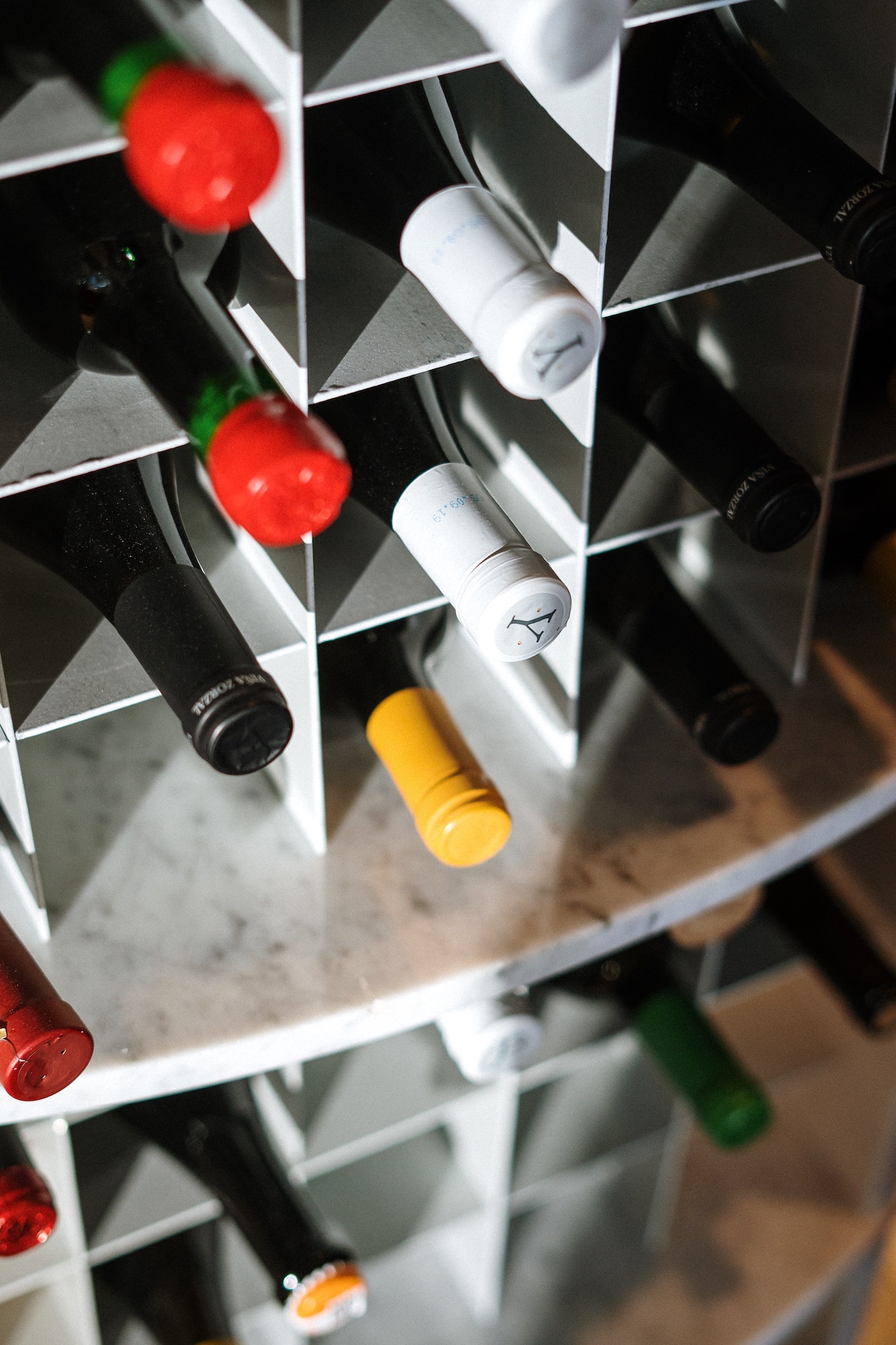Gone are the days when drinking wine is looked upon as something that warrants fine cutlery and dishes, only done in fancy establishments. Social media is filled with proclamations of people preferring to have a glass of wine or two during a night out or to cap off the day at home. Casual dining, modern fusion, and even family restaurants now often include a selection of this beverage to pair with their food.
Wine consumption in the Philippines has seen steady growth over the years, according to a Global Agricultural Information Network report published by the United States Department of Agriculture-Foreign Agricultural Service in 2018. The country remains the largest market in Southeast Asia for US wines specifically, with imports reaching almost four million liters in 2017. This number was forecast to increase by 10 percent last year despite the imposition of higher taxes and tariffs.
It would be a shame for restaurateurs not to tap the market and explore the opportunities presented by the increasing number of Filipino wine drinkers today. Including a well-put-together wine list can become a unique selling point or the deciding factor on whether or not someone chooses to dine there.
Wine 101

Before you start creating your wine list, it’s important to have a basic understanding of the different types you can source. Wine Folly lists wine into five general categories: sparkling, red, white, dessert, and rosé. Then, each category is further classified according to the intensity of flavor, the level of sweetness (dry, semi-sweet, and sweet), and how much of the sugars are fermented.
Here’s a rundown of the different styles of wine and what you may know them as:
- Sparkling wine (champagne)
- Light-bodied white wine (pinot gris and sauvignon blanc) – Light, zesty
- Full-bodied white wine (chardonnay) – Slightly creamy
- Aromatic white wine (riesling) – Dry or sweet
- Rosé wine – Dry or sweet
- Light-bodied red wine (pinot noir)
- Medium-bodied red wine (grenache) – Dry or sweet
- Full-bodied red wine (cabernet sauvignon) – Deep, bold flavor
- Dessert wine (port) – Dry or sweet, intense flavor
Each variety works with certain cuisines, depending on the main taste that the dishes feature. It’s more than just saying that red wine goes with meat, while white is best with fish. The basic rule is that wine must complement the flavors of the food you’ll be drinking it with, provide balance, and not be too overpowering.
While Filipinos would mostly reach for beer, cocktails or local spirits, the wine of choice is usually full-bodied red wine as our taste buds are used to bold flavors that something like a cabernet sauvignon can offer.
As for storing wine, it’s important to dedicate a space that’s cool and dark. Experts recommend keeping the temperature of the cellar or storage area with from 7 to 12 degrees Celsius. Avoid direct contact with sunlight as UV rays make the aging process quicker. Humidity of about 70 percent and stacking the bottles horizontally prevent the corks from getting moist and developing mold that will ruin the quality of the drink.
Experts also encourage separating wine from food with strong aromas as there’s a tendency for the liquor to pick up the smell, thus affecting the overall flavor.
The wine list must be reflective of your restaurant’s brand. What kind of restaurant do you have? Who are your target customers?
Putting the wine list together
As you begin crafting your wine list, keep in mind a number of factors you should consider. Your wine list must be organized and well-put-together. It must not be too overwhelming for non-wine drinkers yet not too amateurish for enthusiasts.
1. Consider branding
The wine list must be reflective of your restaurant’s brand. What kind of restaurant do you have? Who are your target customers? If you’re a modern or fusion type, for instance, include variants from regions like Israel or South Africa.

2. Consult your chef and a sommelier
Don’t be afraid of asking the experts. Meet up with your head chef and ask them to describe the dishes they’ll be making. Additionally, a sommelier can provide wonderful insight and informed suggestions on what types and brands to include.
3. Write the list with categories in mind
Once you have your selection, classify them according to regions or type. Group reds and whites together or organize them based on origin and source. Add a snippet of information for each offering. Be as descriptive as possible, especially with its flavor and taste. You can even add suggestions on what dishes pair well with the particular wine.
Make sure to cover all price points, but don’t categorize your list by price. Your diners must be encouraged to explore their options first rather than instantly picking the cheapest wine on the menu.
Make sure to cover all price points, but don’t categorize your list by price. Your diners must be encouraged to explore their options first rather than instantly picking the cheapest wine on the menu. In general, the practice is a mark-up of up to three times from the wholesale bottle price. If you’d like to offer by-the-glass options, make sure that buying the bottle will be cheaper than buying multiple glasses.
4. Diversify your selection
A great wine list is one that is not only organized but is also exciting and adventurous. While you should follow your restaurant’s overall theme, allow room for creativity. Besides common brands, you can add boutique or locally-made wines, and even upcoming variants like orange wine. Consider creating an exclusive list for specialty wine, too. After a certain period, you can adjust your list based on your client’s preferences.

5. Empower your servers
Servers will mostly be interacting with your customers, so it’s a good idea that they also know the wine list by heart. Let them have a taste of what you’ll be offering, along with the suggested dish pairing. Educate and train them so they can be confident enough to give suggestions, especially if the diner is overwhelmed and unsure of what to order.
6. Find a reputable source
It’s important to choose a reputable place for you to buy wine that will give you the best quality for its price. Here in the Philippines, there are a number of companies you can choose from that can meet your needs.
An option is Winery Philippines, whose claim is they “only sell wines we love.” They focus on quality as well, sourcing products from winemakers in California, New Zealand, and Australia. When wine arrives in the Philippines, they have a panel of experts and non-wine drinkers who taste the wine and see how well it can be consumed in the country. Beyond providing wine, they have also created a community for the market, hosting events and socials with not only members but Filipinos who have yet to discover wine.





